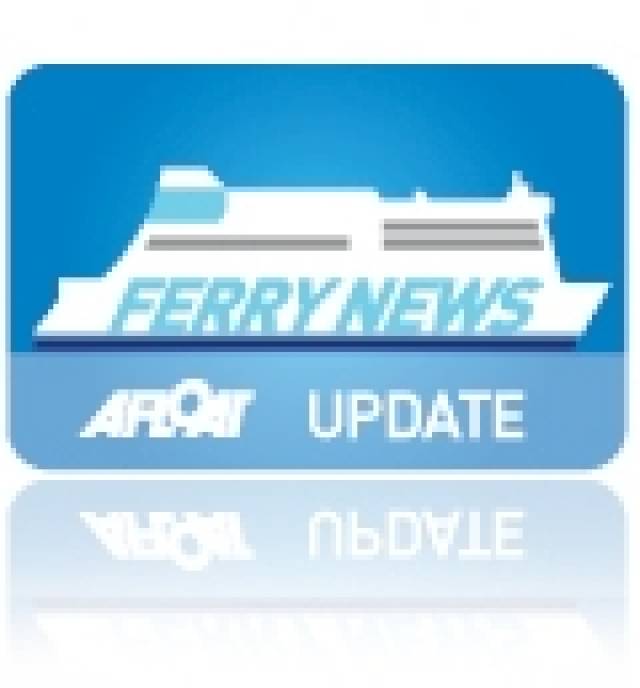#StenaSuperfastX – Furthermore to a previous report over rumours that Stena Line are to deploy the Stena Superfast X onto the Dublin-Holyhead route in early 2015, following conversion work contracted to MacGregor, Afloat.ie has contacted the ferry company to comment, writes Jehan Ashmore.
MacGregor, part of Cargotec Corporation announced that they received a contract from Stena to convert the 29,800gt ropax ferry (currently named Dieppe Seaways) to optimise it for its new route between Dublin and Holyhead.
In response Peter Arvidsson Director Network & Fleet at Stena Line said "Although it is correct that MacGregor has been appointed by Stena RoRo to return the vessel to its original configuration, where the vessel will be deployed is currently a matter for ongoing discussion. From Stena Line's perspective it is possible that the Superfast X will be used within the Stena Line network or she may be chartered to a third party operator, but no decision has yet been taken".
It is understood that work is to begin once the charter of Dieppe Seaways running for DFDS Seaways Dover-Calais service ceases this month.
MacGregor's is to return the ro-pax ferry to its original configuration as dictated by expected requirements. This will involve the delivery of ro-ro cargo access equipment, including the design and installation of bow doors, a bow ramp, a new watertight door and a stern ramp.
Should the 'Superfast X' be introduced on the important Dublin-Holyhead route, she would provide an increase in passenger and freight capacity on the central corridor link. In addition she would be a closer match to the route's ro-pax Stena Adventurer, though not her running mate, the smaller Stena Nordica.
Stena Line's other Dublin Bay service from Dun Laoghaire to Holyhead has operated its fourth consecutive summer-only season which ended in early September. The route is served by the fuel thirsty and expensive to operate HSS Stena Explorer.
In efforts to stave off steep rise in fuel costs in recent years on the loss making route, Stena Line have reduced HSS sailings to a single daily round trip and increased crossings times from 99 minutes to 2 hours 20 minutes.
In response to Afloat.ie on the future of Dun Laoghaire-Holyhead route? Stena Line commented that the HSS is scheduled to return for the Christmas period (as previously reported) and is also scheduled for seasonal service 2015.






























































